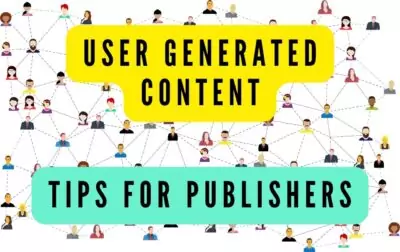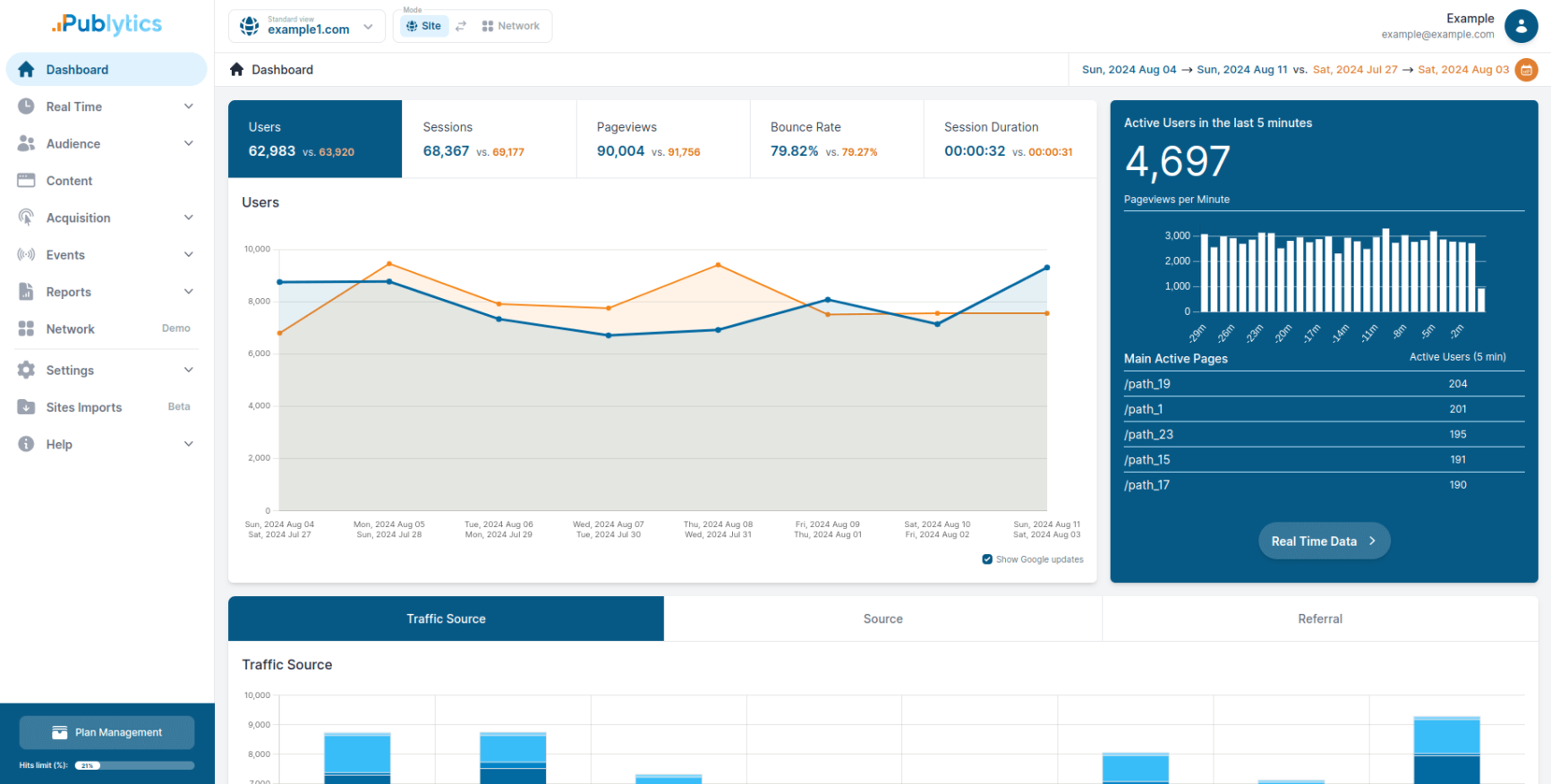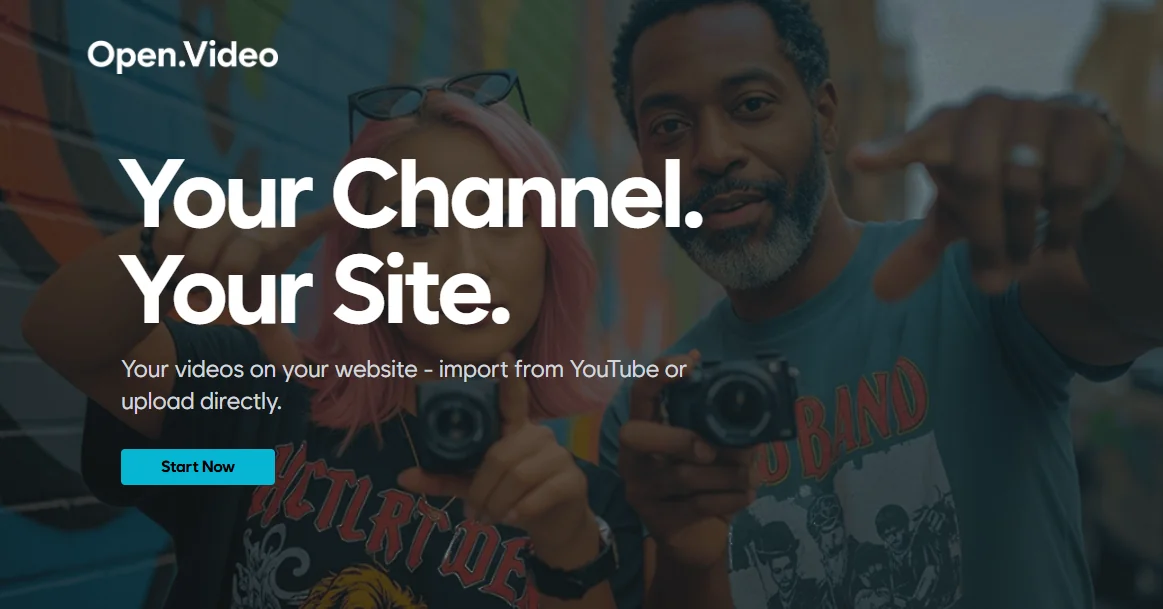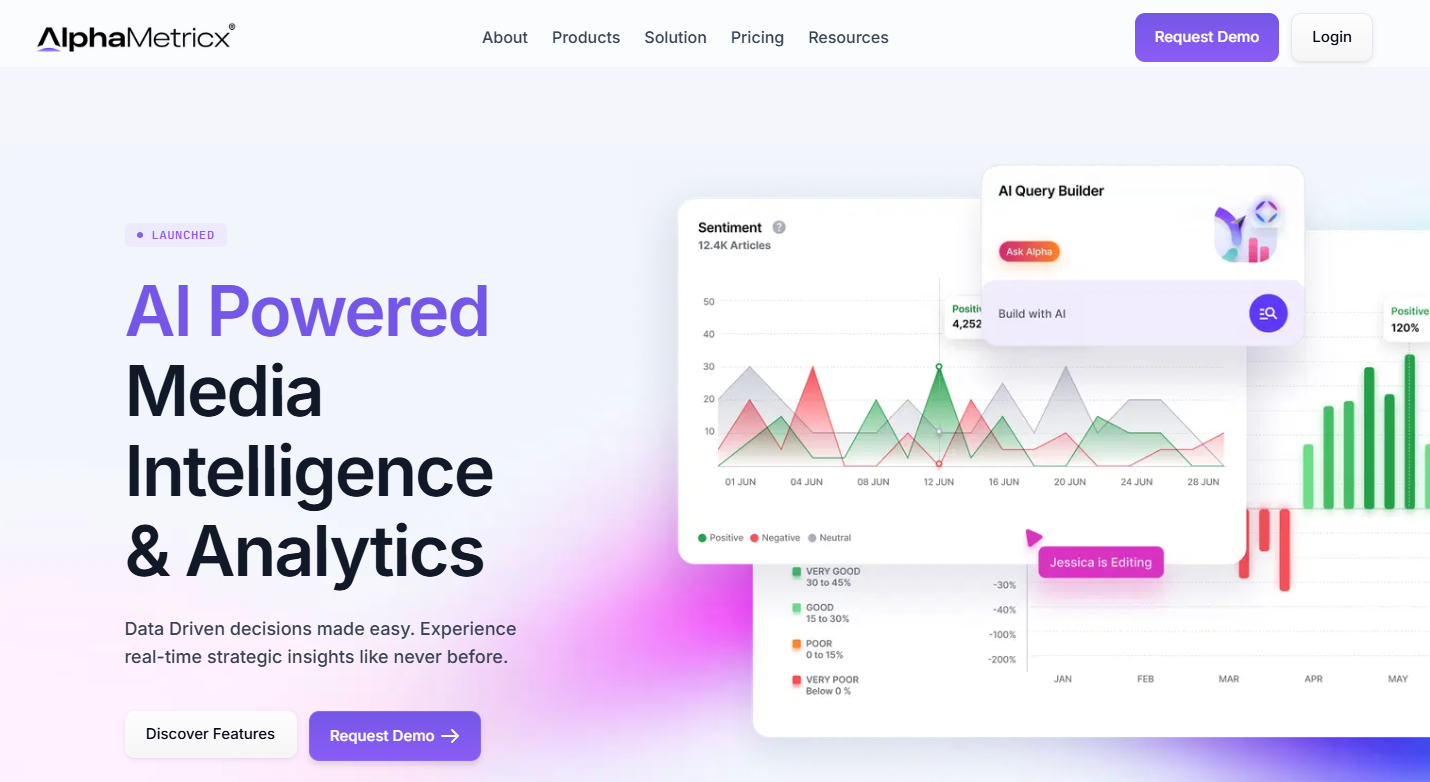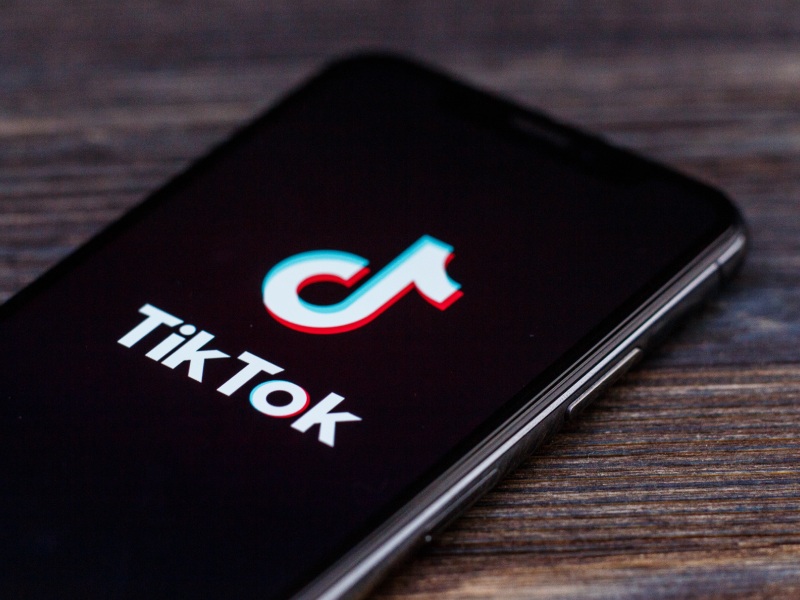Thanks to the growing momentum of generative artificial intelligence (AI) tools, the digital publishing ecosystem is undergoing a seismic shift. These tools have the potential to upend how content creators work entirely.
At the same time, as more and more AI content is published, there’s a genuine concern that stories could become more vanilla and less personal. However, this should create an opportunity for publishers looking to stand out to create a emotional connection with their audience.
User-generated content (UGC) is one way to offer that personal touch. Moreover, search engines may place higher value on UGC as the flow of AI-generated content picks up pace. One can’t deny that AI-driven technologies will influence the digital publishing trends of the future, but it’s essential not to overlook the power of a human connection.
Indeed, of UGC’s many benefits, social proof, community building and visitor engagement have enormous potential for publishers. These benefits have already been well-documented for brands, with research showing that more than 70% of consumers prioritize consumer-generated content over ads.
Join us as we explore how incorporating UGC can benefit a publisher’s content and search engine optimization (SEO) strategies.
What Is User-Generated Content (UGC)?
User-generated content (UGC) is anything — text, images, videos or reviews — an audience creates in direct response to a publisher or brand’s content, service or product.
When a user creates content about a particular story or blog, they are free to share their thoughts and opinions about it through various forms of media. These posts and shares can either strengthen or weaken a publisher.
The difference between UGC and traditional content marketing campaigns is that publishers and brands have less control over the content. But the rewards for that lack of control are plain, with 92% of consumers saying they trust earned media more than any other form of advertising.
Publishers can use UGC to enhance their content offerings, engage their target audience and promote a stronger sense of community. They may even incorporate it into their evergreen content strategy.
5 Examples of User-Generated Content (UGC) Publishers Can Leverage
Let’s talk about some types of user-generated content (UGC) publishers can benefit from and look at real-word examples of these strategies.
1. Guest Blog Posts
Large and small publishers can encourage their audience to write content for them. Asking their community to contribute guest posts to their site allows readers or listeners to:
- Offer a fresh perspective
- Showcase different viewpoints
- Share expertise
- Tell personal stories
Publishers asking for guest posts may find it a great way to seek expert insights, run audience research, receive immediate feedback and showcase a vulnerable and personal side of an otherwise professional brand.
Below is an example of how Political Violence @ A Glance, which recently suspended operations, leveraged guest posting as a platform for experts to share their insights on politically charged topics.

Source: Political Violence @ A Glance
Both contributing authors are experienced academics within the political space.
Inviting guest blogs allows busy publishing teams to explore new ideas, angles and directions without overly committing internal resources to the project.
2. Comments and Discussions
Look at any blog post, video or podcast; it likely provides a comment or discussion section or access to a user forum. Many seasoned publishers will add calls to action (CTAs) and discussion topics throughout their content to encourage this discussion.
Encouraging discussion and comments helps build an interactive and inclusive environment for a site’s users. In these comment sections, users may ask questions, learn and otherwise strengthen the community.
Opinion pieces on frequently discussed and potentially controversial topics are a great way to engage users, given that most people will have an opinion and a sizable enough portion of any community will likely want to share theirs.
Take this opinion piece from the Guardian Australia discussing climate change. Within hours of its posting, the article had already attracted 39 comments.

Source: The Guardian
3. User-Submitted Stories
Publishers can invite their audience to share their stories or experiences about a specific topic or theme. Such a move helps deepen ties between a publisher and its audience by giving the community a platform to share their thoughts.
Stories can be found or submitted through featured content, emails or social media campaigns. By featuring user-submitted stories, publishers can provide relatable and authentic content that resonates with their audience.
The below example from the Metro is a perfect example of this. The UK publisher gives a weekly spotlight to its readership to comment on anything video game related.

Source: Metro
This reader story has not only attracted several comments but has also been shared by the community.
4. Social Media Posts
To encourage readers to promote on social media platforms, publishers embed sharing tools within their content.
Easy-to-recognize and use icons make it easy for readers to share and bring content to a broader audience. Looking at the Metro example, we can see the share buttons’ placement above the feature image.
Encouraging an existing audience to share content with their network is one of the more cost-effective marketing strategies for publishers. This is why a publisher’s marketing team will often encourage staff to like and share official posts.
Resources aren’t infinite, however; publishers should prioritize the platforms their existing audience prefers. In the Metro example, Facebook takes priority and then it’s WhatsApp. Email and Flipboard are buried within the share menu and LinkedIn is nowhere to be found.

The Washington Post, meanwhile, has an active social media team that devotes time and resources to share its stories on sites such as Instagram and interact with the audiences there.
The Washington Post team creates posts around articles to promote traffic back to their site and these posts also serve as a place for people to comment and interact with other users.
As we can see below, this post has attracted more than 3,000 likes and 34 comments in the roughly 10 hours since its posting.

Source: Instagram
The post directs readers to the relevant Washington Post page via the Instagram bio. The team is also active in replying to none Washington Post content, as seen in the below example from Threads.

Source: Threads
5. Letters to the Editor
Publishers have been printing letters to the editor for more than two centuries, with a good majority of early news reporting coming from such letters.
These letters allowed the publisher’s audience to respond to previously published content or share concerns about current events, and many publishers still offer this outlet. The advantage to readers is that it helps them identify and communicate with the publisher and each other, building a sense of community in the process.
The New York Times continues this tradition, requiring submissions to address articles published within the previous seven days.

Source: The New York Times
7 Benefits of User-Generated Content (UGC) for Publishers
User-generated content (UGC) offers a myriad of benefits to a publisher, including boosting original content, improving SEO and increasing engagement, to name a few.
Let’s take a closer look at each.
1. AI and Originality
Generative AI is allowing people to create content quicker than ever. Google itself has rolled out the Search Generative Experience (SGE), which scraps data from across the web to provide summaries to user queries.
Although the search engine’s helpful content update in August 2022 aimed to “make it easier for people to find helpful content made by, and for, people”, Google has since softened its stance. In February, it noted that it was focused on the “quality of content, rather than how content is produced”.
So what does this mean for publishers? Tensions are rising in the publishing community over IP theft, with many moving to block crawlers and some even contemplating legal action.
UGC offers an antidote to generative AI, breathing new life into a publication’s content offering that can’t be automated. Whether that’s expert guest posts, comment sections or letters to the editor, these are uniquely human offerings.
Google itself has said it’s looking to serve the best content by humans for humans, which means that while generative AI may come to dominate lower-hanging fruit, such as guides, UGC serves as a more sophisticated differentiator.
2. SEO
Another upside to UGC is that it encourages readers to post relevant keywords or phrases in their content, helping improve a site’s SEO ranking.
UGC can also help improve a publisher’s backlink profile by encouraging sharing on external websites and social media profiles. For example, a guest poster is motivated to help promote articles they contributed, while comment posters are more likely to share an article they’ve already engaged with.
While backlinks are a strong signal to Google about an article’s topical relevance, encouraging the search engine to improve its visibility, increased traffic and engagement are also important signals.
3. Increased Engagement
In addition to original content, UGC has a remarkable ability to drive higher levels of engagement among audiences.
By encouraging users to actively participate and contribute their content, publishers create a sense of community, build brand loyalty and foster meaningful interactions with existing and potential readers.
National Geographic has shown how effective this is with its photo contest. National Geographic, which has already built an audience of passionate photographers, can dip into a broad and deep pool of amateurs to surface individuals with a professional level of talent.
This drives engagement among its users, including mass content submissions, and generates a wave of social media content around the contest that ultimately drives web traffic back to the National Geographic site.

Source: National Geographic
4. Cost Effective
Audience contributions not only fill out editorial calendars but can also serve as user-generated content marketing, bringing awareness of the publisher to smaller, disconnected audiences.
This means publishers can use relevant UGC as a valuable source of content that keeps both editorial and marketing costs down.
National Geographic’s Your Shot community allows social media users to post their favorite photos on Instagram with the tag #YourShotPhotographer. This account has more than 6.5 million followers and nearly 10,000 posts.
The publisher also uses photos from this community as content for its website.
5. Audience Insight and Feedback
UGC provides publishers valuable insights into their audience’s preferences, opinions and interests. By monitoring and analyzing UGC, publishers can gather feedback, identify trends and tailor their content strategy.
Publishers can reach a larger audience by monitoring and interacting on external UGC pages, such as those found on Reddit. Such threads can be an excellent opportunity for a publishing brand to showcase its authority on a topic and provide value to other readers.
Publishers should ensure their branding and engagement aligns with their company values and reflects the image they want to portray themselves when working on a third-party platform.
Content from our partners
6. Community Building
Publishers that leverage UGC provide their users with the means to contribute and engage with the platform and its users, fostering a sense of community.
Allowing user comments on posts will enable readers to interact with the author and others. Encouraging readers to comment on posts, as well as interact with others fosters a community around the publisher. It gives readers a reason not just to revisit the site but individual pieces of content.
7. Amplified Reach
UGC has the potential to amplify publishers’ reach and exposure. When users create and share content related to a publisher’s platform, it helps the company reach new audiences and expands its visibility.
For example, opinion pieces by guest authors can be a great way to amplify, with these authors likely to promote such contributions.
What Are the Risks of Using UGC?
While relevant user-generated content (UGC) can be incredibly valuable for publishers, they also need to realize that relying on external, unpaid contributors comes with risks, such as reputational harm, that must be mitigated.
Quality and Relevance
Quality and relevance are essential considerations. As with all types of content, there is a risk of users producing content that either poorly reflects on the publisher or is irrelevant to its core focus.
To address this, a publisher should establish clear guidelines and criteria for UGC while implementing a moderation process to curate submissions.
These UGC editorial guidelines should be posted in an easy-to-find location and frequently referred to keep editorial policies at the forefront of contributors’ minds.

Source: The New York Times
Inappropriate or offensive content is a potential risk for UGC platforms and can damage a publisher’s reputation. Robust moderation techniques — such as content moderation tools, keyword filters and user reporting mechanisms — should be in place to identify and remove such material as quickly as possible.
Legal and Copyright Concerns
Legal and copyright issues can also arise with UGC, with users unintentionally or intentionally infringing upon copyright.
This may include the unauthorized sharing of copyrighted material such as images, videos, music or even text. Publishers should have a clear copyright policy for all users to read and follow, while carefully monitoring content created on and around their site.
Negative Feedback
While negative feedback is a common aspect of UGC, it represents an opportunity for improvement. It’s crucial to address concerns raised by users promptly and professionally while responding transparently and providing solutions to mitigate any negative impact on the publisher’s image.
Addressing negative feedback also shows that a publisher is willing to engage with their audience across all fronts, potentially boosting their credibility and trustworthiness.
Spam
To combat spam or misleading content from appearing in comment sections, publishers can implement spam detection and filtering mechanisms. Some approaches include:
- Blacklists: Blacklists allow publishers to quarantine problematic posters.
- Keyword filters: These filters block unwanted tags or words from appearing in UGC.
- User behavior analysis: Publishers track users to analyze their behavior and identify those trying to post spam.
Final Thoughts
There are many reasons for publishers to consider incorporating user-generated content (UGC) into editorial and marketing campaigns.
It can build stronger ties with audiences and serve as an important signal to search engines looking to reward valuable and engaging content. At the same time, however, it’s important to remember that authenticity is vital to winning over audiences.
Brands have already seen that audiences can easily differentiate between an authentic user-generated content campaign and in-house content. Publishers that understand how UGC influences brand loyalty can use it to build authority and community engagement while climbing the search engine rankings.
Related Stories:


